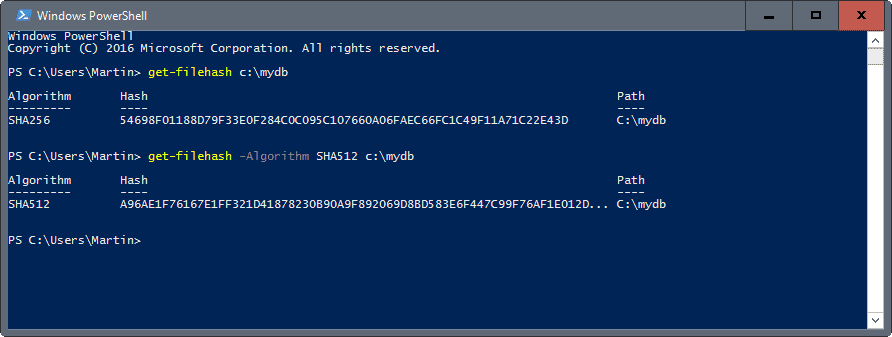Using Md5 Hash To Generate A Database Key
Nov 02, 2018 Let’s see how to get back the original string from the md5 hashes. It is a very straightforward approach to get back the original string from the MD5ed hash known as Reverse Lookup. (aka brute-force) As MD5 always generate the same hashed key for the same input string. Hashes are often used to store passwords securely in a database. With hash toolkit you could find the original password for a hash. Supported hashes for decryption: reverse / decrypt md5 hash; reverse / decrypt sha1 hash; reverse / decrypt sha256 hash; reverse / decrypt sha356 hash; reverse / decrypt sha512 hash; Generate Hash. MD5 hashes are theoretically impossible to reverse directly, ie, it is not possible to retrieve the original string from a given hash using only mathematical operations. Most web sites and applications store their user passwords into databases with MD5 encryption. This method appears to be safe as it seems impossible to retrieve original user.

Using Md5 Hash To Generate A Database Key In Pdf
Using Md5 Hash To Generate A Database Key In Microsoft

Python Generate Md5 Hash
If you happen to need Scala method to perform an MD5 hash on a string, here you go: Generate and use an ssh key putty with centos7.
Using Md5 Hash To Generate A Database Key In Windows 10
I’m currently writing a Play Framework (Scala) web application that sits on top of an old Drupal 6 database, and that version of Drupal stored the user passwords in the database using MD5 without any sort of salt, and I can confirm that this Scala method converts a given string to the same MD5 string that Drupal 6 put into that database.
Please note that this Scala code is a pretty direct translation of the Java code at this SO URL; I didn’t look into trying to translate anything into a more Scala-like approach.